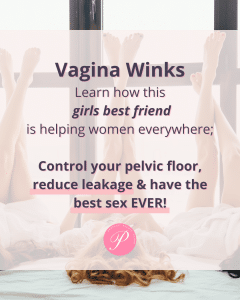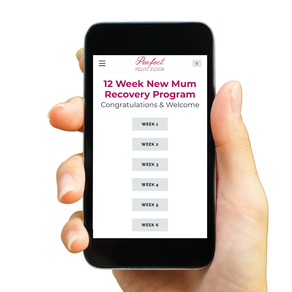Typical Sit ups or crunches! This is a no no as it increases your intra-abdominal pressure and your stomach muscles and pelvic floor aren’t ready to cope with that. It can make your bulging worse and harder to recover from. Modified head lifts can be ok under the guidance of your Physiotherapist.
Planks without sufficient Pelvic Floor and TA strengthening first.
Bracing your stomach muscles – this can increase the bulge from within.
High impact sport without inner core and pelvic floor strengthening first.
What can you do about it?
Core exercises to reduce your abdominal separation, especially an exercise called a head lift which aims to ensure your pelvic floor muscles are switched on, your TA (deeper core muscle) is working and a slight head tilt to allow the outer abdominals to contract. Adding extra hand pressure to your muscles to push them closer together and down towards your spine. There is no bulging or doming from the tummy outwards! This is a key exercise of our New Mum Program which is so important given your best chance of recovering these muscles is within the first 8 weeks after birth.
Be careful with getting up from the chair or bed, use compression with a towel or your hands around your tummy for the first few weeks.
Be careful lifting your baby – try to use your pelvic floor muscles and TA as best you can.
Wear recovery support shorts – we love the SRC Recovery Shorts to give you that extra compression and support in your early phase.
Ease back into exercise slowly with gentle walking and a pelvic floor strength and recovery program first.
So even though you might feel like there is nothing you can do, there certainly is. Start with pelvic floor exercises to reduce your abdominal separation, then build up your core muscles through our New Mum Program. Remember the best chance at closing your abdominal separation is within the 1st 8 weeks of having your baby using core exercises.

Want to find out how strong your pelvic floor is?
Take your quiz



















